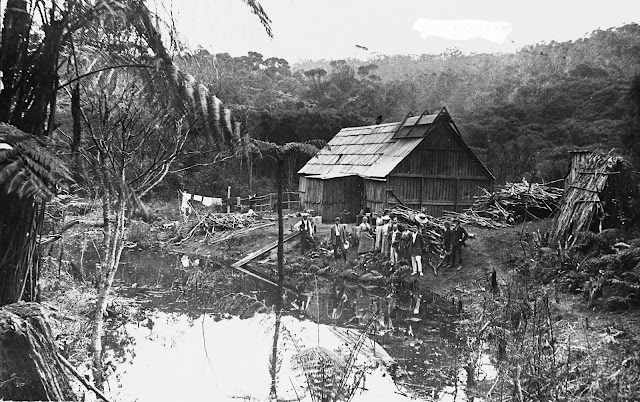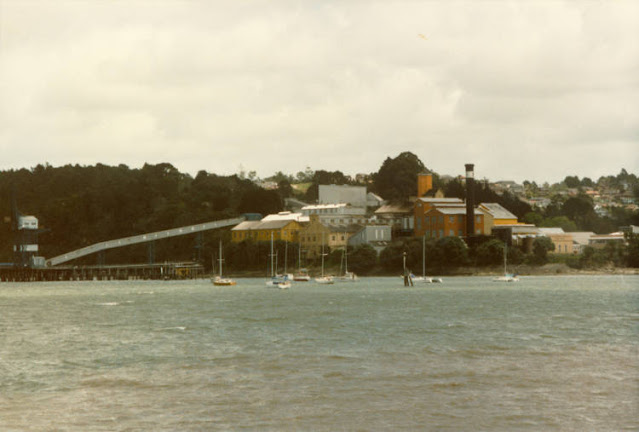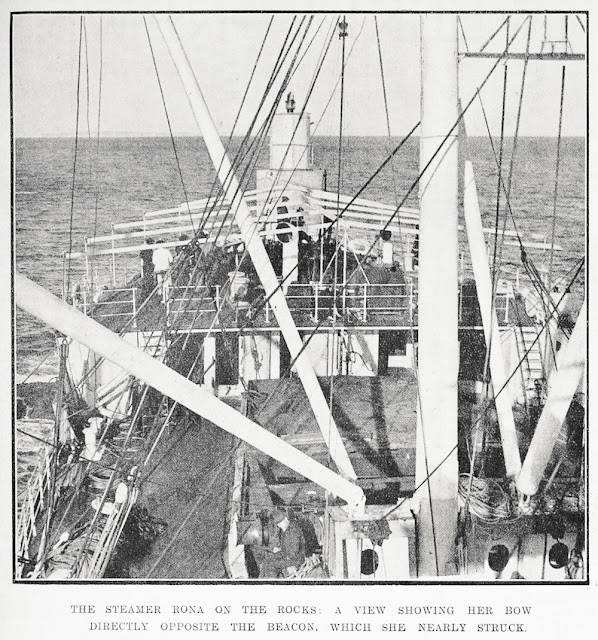Setting-up Auckland’s Jewish Community

“David Nathan had decided that if the powers-to-be determined that the new capital was to be on the shores of the Waitemata Harbour then he would follow.” David Nathan was one of the first Jews to move to the shores of the Waitematā Harbour, where in 1841, Captain William Hobson announced the new capital of New Zealand was to be built. A census from the same year had him as one of two Jews in Auckland in 1841, Jews being 1.4% of the town’s population. As the new capital grew, so did its Jewish population, and in 1842, after the arrival of the large Keesing family, it rose to 15Jews (dropping to 0.48% overall), large enough for public worship. Auckland's Jewish community began to form a shared community identity, looking to fulfil their common spiritual needs and requirements in the physical space of the colony. By evaluating what Auckland’s Jewish community viewed as vital steps to set up their new community, we can see what a minority community in Auckland viewed as important.



